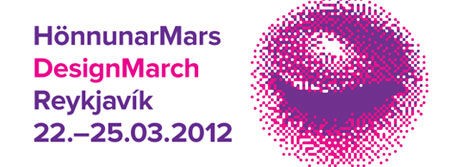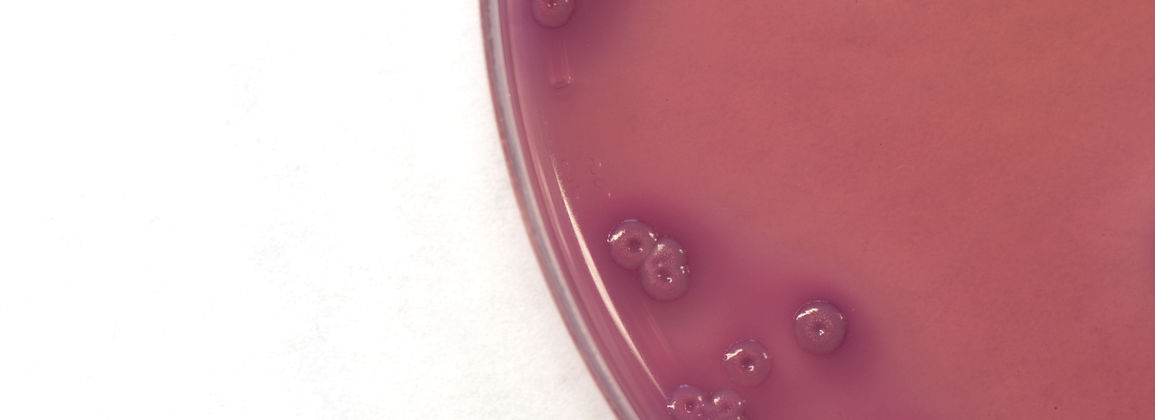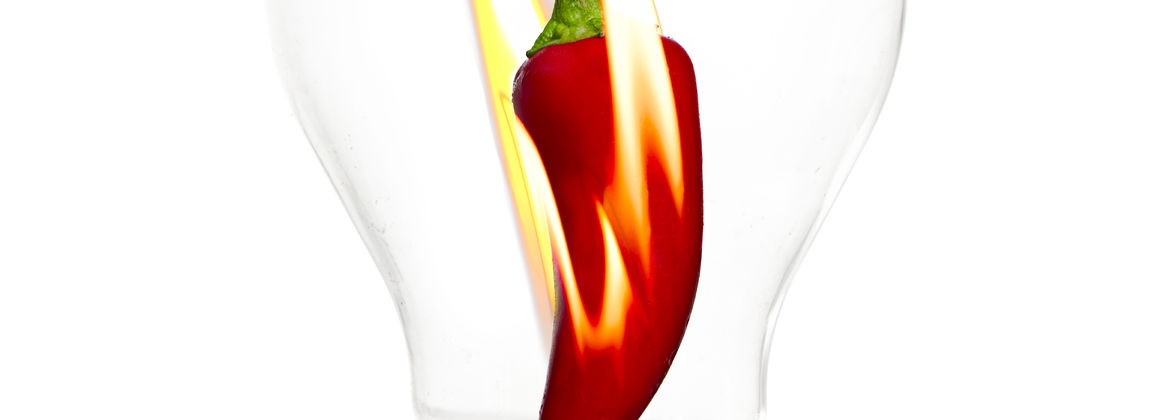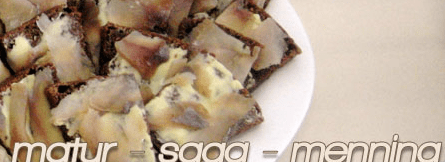Skyrkonfekt, Ragnheiður Ösp Sigurðardóttir and KRADS received the product design award from the magazine Reykjavík Grapevine, but it is worth mentioning that Matís was involved in the development of Skyrkonfekt.
An interesting news item appeared on www.mbl.is recently. It tells about the Reykjavík Grapevine Product Design Award. Skyrkonfektið from Erpsstaðir received good reviews.
The jury says that skyr confectionery is "a well-thought-out example of the benefits that design can do to society […], tasteful
and a good product made from local and organic ingredients. ”The confectionery is also in“ beautiful packaging that suits the contents extremely well ”.
You can enjoy the skyr confectionery at HönnunarMars 2012, but more news about the festival and the project Designers 'and Farmers' Meetings can be found here.
For further information Irek Klonowski at Matís.
Photo with news: Vigfús Birgisson
The above news will be published on 11.3. at www.mbl.is and can be seen in its entirety below.
Skyrkonfekt, Ragnheiður Ösp Sigurðardóttir and KRADS received the product design award of the magazine Reykjavík Grapevine this year in the categories product line of the year, product of the year and project of the year. The award was presented at the premises of the Icelandic Design Center on Friday.
Ragnheiður Ösp and her product line were, in the opinion of the jury, the product line of the year, but she has the honor of the NotKnot pillows. The jury's reasoning states that NotKnot is "an innovative processing of Icelandic wool, beautiful pillows with a fun shape" that shows "a strong and independent vision from creative Icelandic designers" and is "a great example of a handmade product that is at the same time affordable.
For the product of the year, the group behind skyrkonfekti received recognition, but skyrkonfekt is a descendant of the Farmers' Project, which aimed to stimulate farmers to create new products in collaboration with designers. In its reasoning, the jury says that skyr confectionery is "a well-thought-out example of the benefits that design can do to society […], a tasty and good product made from local and organic ingredients." vel “.
The project of the year is a new category in the product design award, and it was the architectural firm KRADS that received recognition for their collaborative project with LEGO. In the opinion of the jury, the result is an excellent example of a project that reaches everyone and is of interest to design and the environment, "a strong-looking idea that people are naturally attracted to." for learning and innovation, "a beautiful mix of play and professionalism that breathes new life into architecture."
The jury was composed of the designers Herður Kristbjörnsson, on behalf of Reykjavík Grapevine, Sari Peltonen, on behalf of Hönnunarmiðstöð Íslands, Auður Karítas from the store Geysir, Hafstein Júlíusson designers and Tinna Gunnarsdóttir, on behalf of Vöruhönnun at the Iceland Academy of the Arts.
The jury set the bar in their choice to award products that are real and tangible items, from ceramics to jewelry. It was decided to exclude fashion design from the set, but it was possible to award clothing lines in the category of the best product line. It was a condition that the products had appeared in 2011.
The publisher of Reykjavík Grapevine, Hilmar Steinn Grétarsson, says that the aim of the award is to draw attention to what is being done well and to support a rapidly growing and extremely exciting sector in this country.










